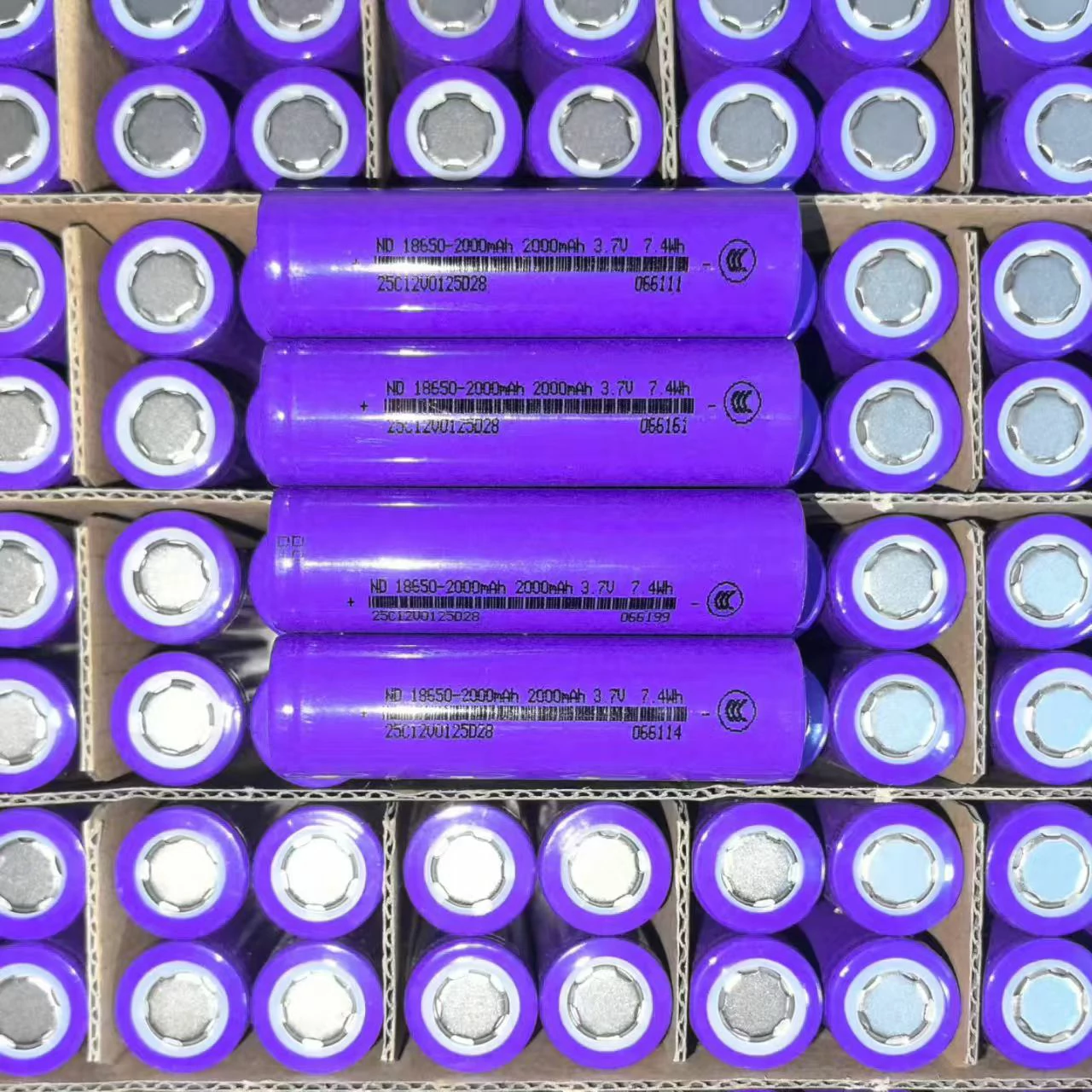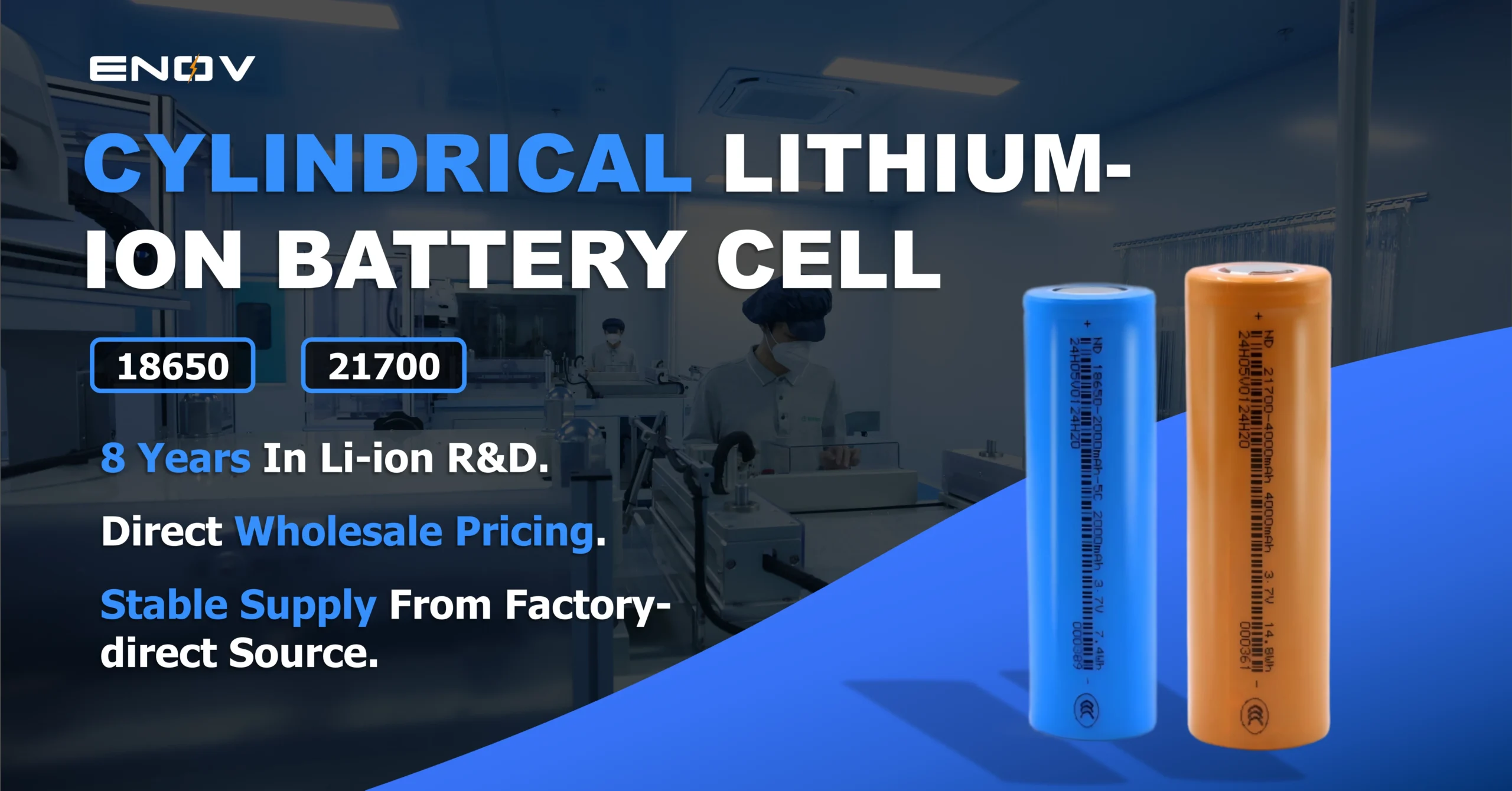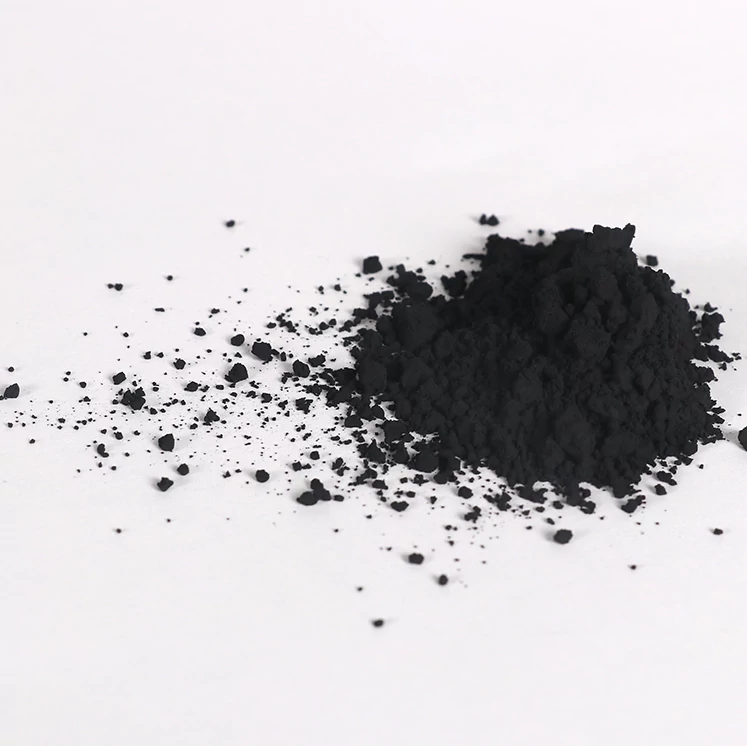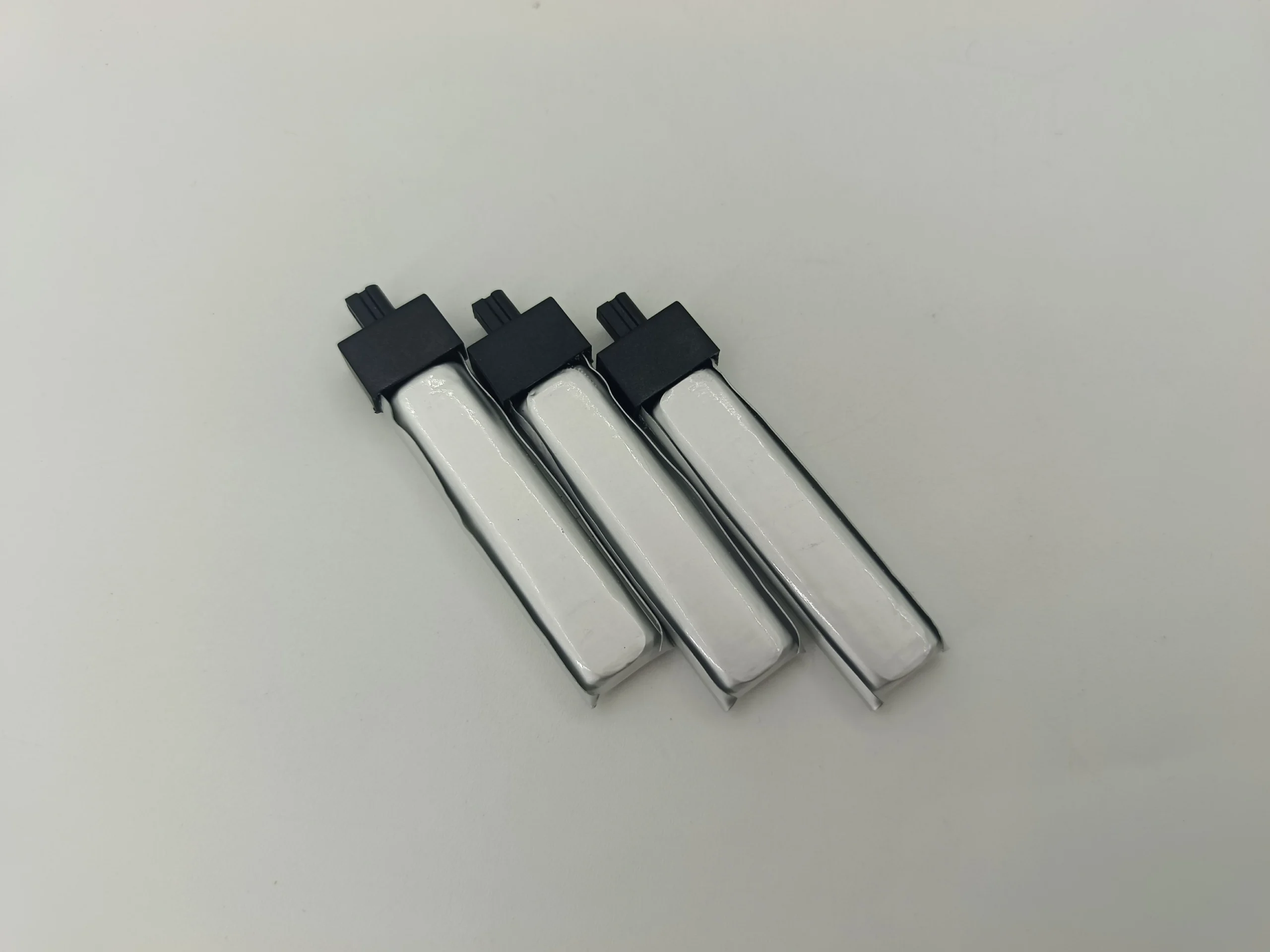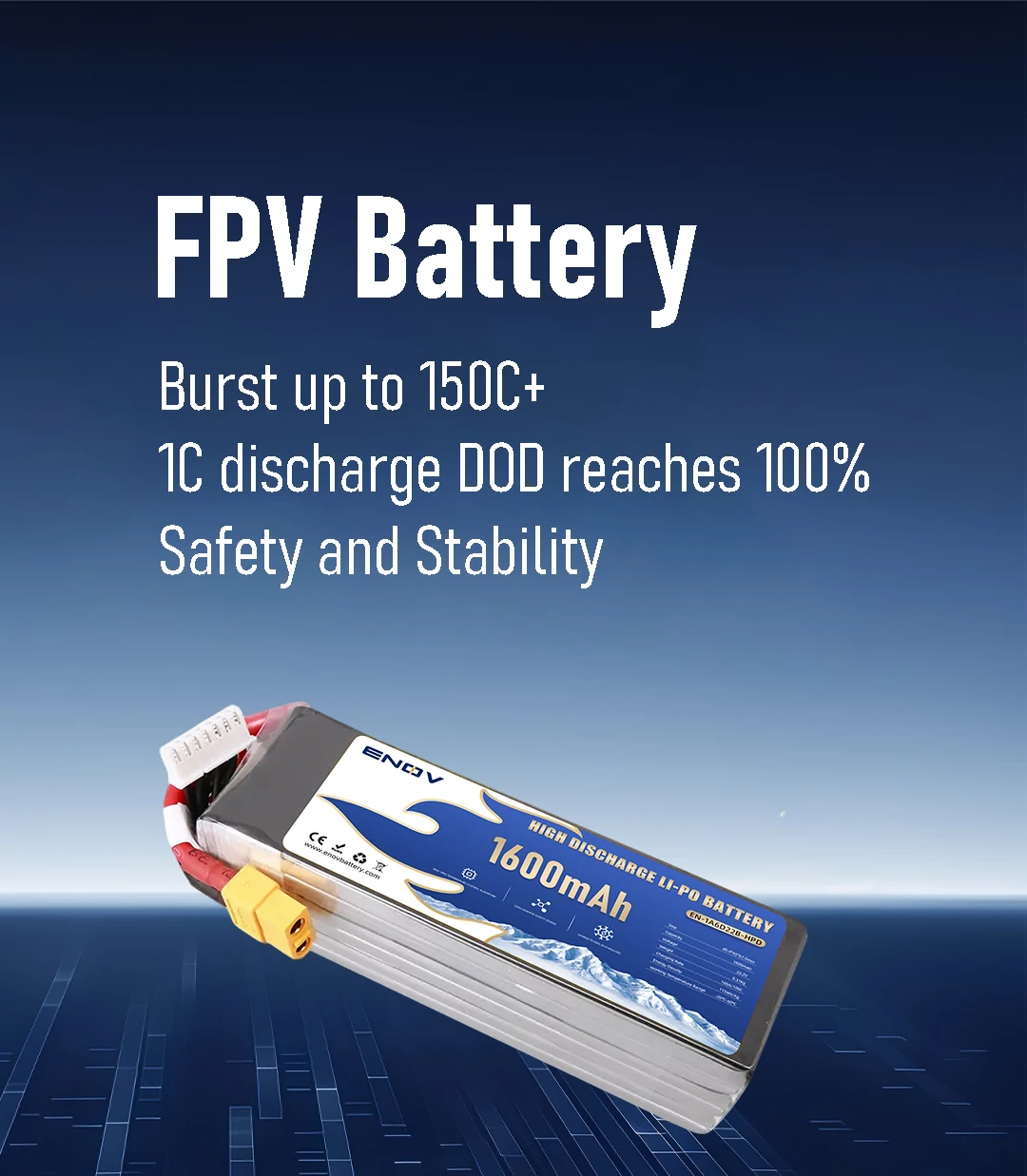In today’s era of increasingly diverse new energy application scenarios, the quality and compatibility of lithium batteries directly affect business efficiency and user experience. Enov (Huizhou) New Energy Technology Co., Ltd., as a high-tech enterprise focusing on the lithium-ion battery field, integrates R&D, production, marketing, and after-sales services. With profound technical accumulation and strict quality control, it provides comprehensive solutions for B-end customers. This selection guide will help you quickly match suitable products and avoid common pitfalls based on core needs.
